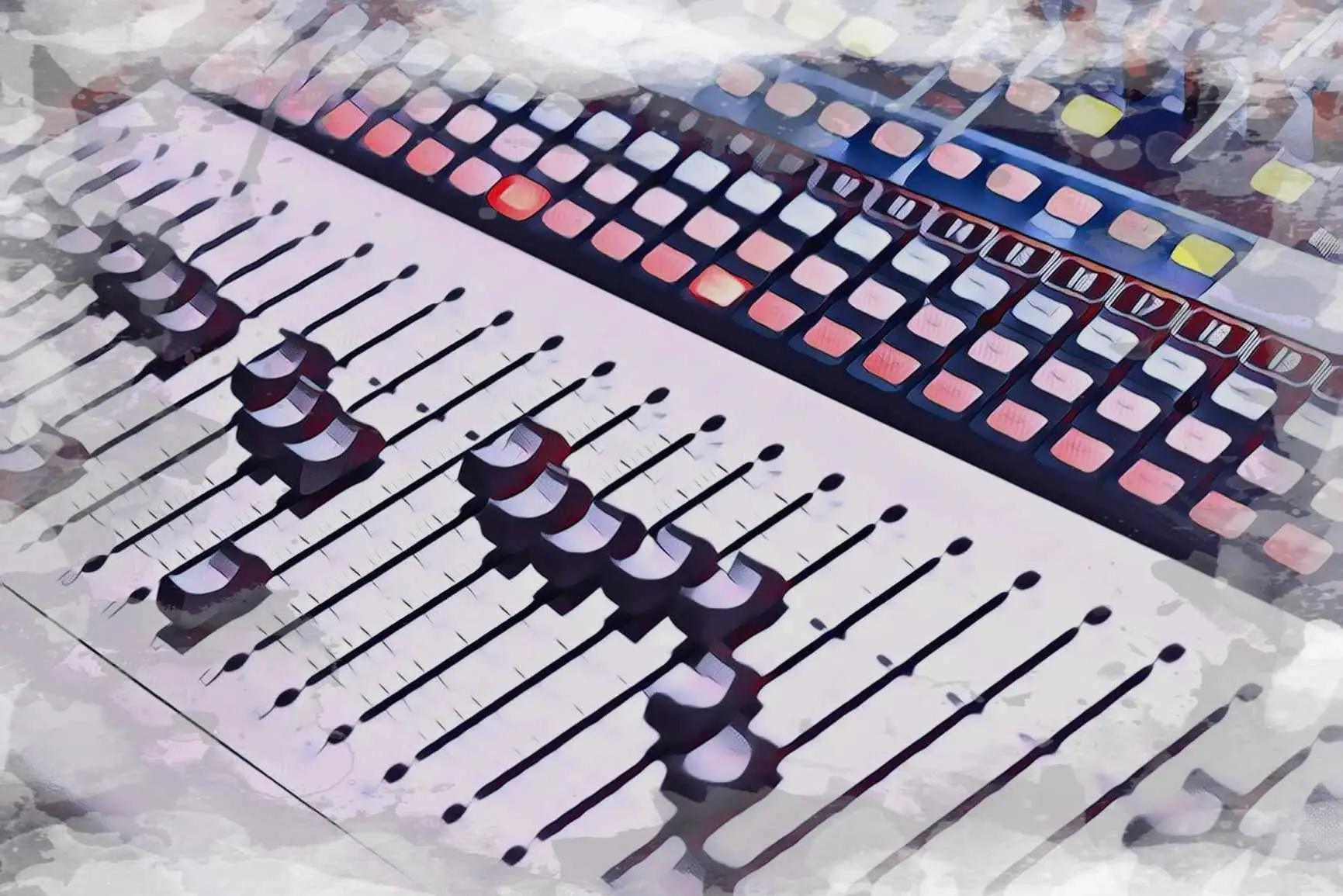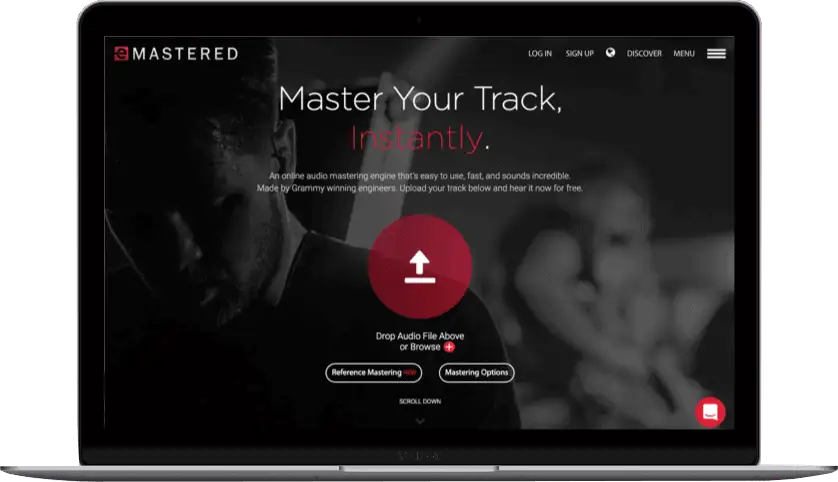Getting sub bass right in a mix is a balancing act. Too much, and you might blow out someone’s car speakers, too little, and your track loses its impact. It’s one of the most powerful elements in a mix, but also one of the hardest to control.
What makes sub bass a bit tedious to mix is that it’s more about feeling than hearing. It sits at the lowest end of the frequency spectrum, and its energy moves through hard materials, which is why you'll hear your trunk rattling before actually hearing the bass itself in some cases.
When it’s dialed in properly, it gives a track weight and depth, acting as the foundation that everything else sits on. But if it’s off, your mix can end up muddy, weak, or just plain overwhelming.
In this guide, we’ll go over how to EQ sub bass so it’s tight, controlled, and hitting exactly where it should. Plus, we’ll cover a few extra tips to help your low-end sound powerful without turning into a mess.
What is Sub Bass?
Sub bass lives at the very bottom of the frequency spectrum, starting around 20Hz (the lowest point of human hearing) and running up to about 60Hz. This frequency range offers more of a physical experience. It's that deep, chest-rattling thump you'd feel in a club or the rumble of an 808 in a car.
For some perspective, the lowest note on a standard bass guitar (low E) sits around 41Hz. A piano goes lower, with its lowest A hitting 27.5Hz. But anything below 20Hz moves into infrasound territory. These are frequencies so low that humans can’t really hear them (even though elephants and whales can).
The challenge with sub bass is that most consumer speakers aren’t built to handle it. If you want to really hear what’s going on down there, you’ll need either a solid subwoofer or a decent pair of headphones with enough low-end extension. Otherwise, you might be guessing, and when it comes to mixing sub bass, guessing is a dangerous game.
How to EQ Sub Bass
First things first, if you don’t have a subwoofer, don’t stress. A solid pair of studio headphones can do the job just fine. Beyerdynamic DT 770 Pros and Audio-Technica ATH-M50xs have a solid bass response and will give you a clear picture of what’s happening in the low end.
Even many popular studio monitors, like the Yamaha HS8 or KRK Rokit 8 have a frequency response that can reach down to around 40Hz, which is enough to give you a solid reference point.
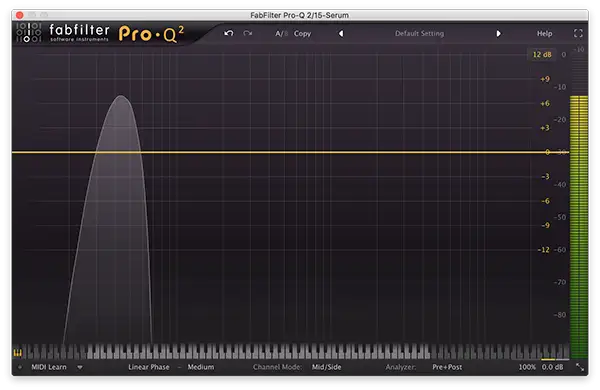
That said, the best way to be absolutely sure about your sub bass is to use a spectrum analyzer . These tools give you a visual representation of your mix’s frequency content, so you’re not just relying on what you think you hear.
A great free option is Voxengo SPAN 's spectrum analyzer, which lets you see exactly how much energy is sitting in the sub range and whether it’s playing nice with the rest of your mix. Plus, it's totally free!
Speaking of playing nice, your sub bass will never sound clean if other instruments are getting in the way. Anything that doesn’t need to live in the sub range (like guitars, vocals, and even some drum elements) should be high-passed to keep them from adding unnecessary rumble.
A good starting point is cutting out everything below 80–100Hz on non-bass instruments. This will keep your low end tight and let the actual sub bass track breathe without getting clouded.
Get Rid of the Ultra-Low End with a High-Pass Filter
It might sound counterintuitive, but one of the best ways to make your sub bass hit harder is by high-passing it, just a little. Anything below 20Hz is barely audible and mostly just eats up headroom, so rolling off that ultra-low end with a gentle high-pass filter helps keep your mix cleaner and tighter. It’s a small move that makes a big difference.
After high-passing the ultra-low sub frequencies, you can shape the weight of your sub bass using the mid portion of a mid-side EQ . A good trick is to boost a few dB between 20–60Hz with a moderate Q value to add some extra energy where it counts.
One important thing is to always use a linear-phase EQ when making these adjustments. Regular EQs can mess with the phase, which can actually change the amplitude of your low frequencies in unpredictable ways.

FabFilter Pro-Q3 is one of my go-to choices for this because it has a great linear-phase mode and makes it easy to dial in precise adjustments without introducing weird artifacts.
Shave Off the Top-End with a Low-Pass Filter
Just like cutting the extreme lows can help clean up your mix, low-pass filtering the top end of your sub bass can make a big difference too. For example, if your subby bass guitar has frequencies creeping up into the midrange, it can start clashing with other instruments that actually need that space.
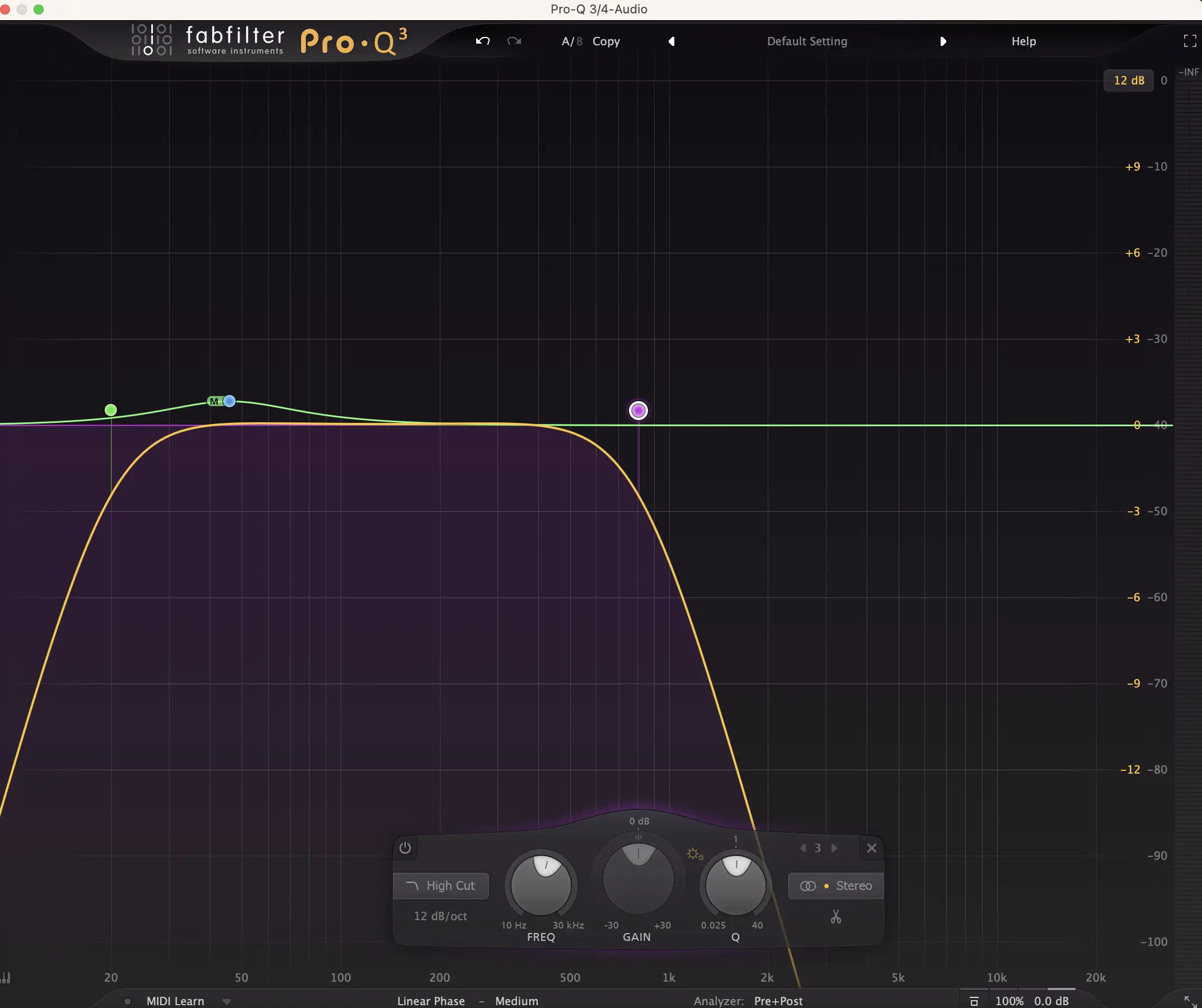
A low-pass filter helps keep your bass guitar exactly where it belongs, which is in the lowest part of the mix.
If you split your bass guitar into two parts and mix the ultra-low end and mids separately, then you don’t need any extra harmonics in the sub frequencies. Rolling off somewhere around 80–100Hz can stop unnecessary frequencies from muddying things up. This keeps your low end focused and prevents your sub from competing with instruments that should be carrying more of the mix’s clarity.
The goal here is simple, let sub bass do what it does best without letting it interfere with everything else.
Additional Tips for Sub Bass
Saturation and Distortion
Saturation is a powerful way to make sub bass more noticeable. It adds harmonics, which give the low end more presence and make it easier to pick up on speakers that don’t handle deep bass well.
When you saturate a sound, you're adding extra harmonic content, essentially giving your sub bass a bit of texture in the higher frequencies. This makes it easier to hear on smaller speakers that can’t reproduce super low frequencies properly. A light touch of saturation on the upper part of your sub bass can help it cut through the mix without actually making it louder.
That said, keep the extreme lows clean. If you distort the ultra-sub frequencies too much, you risk turning a tight, controlled low end into a flabby mess. A good approach is to use a multiband saturator like FabFilter's Saturn or Saturn 2 and apply warmth to the upper bass/mid-bass while leaving everything below 50Hz untouched. That way, you get the best of both worlds, solid, clean sub energy with just enough presence to be heard on any system.
Sub-Harmonic Generation
If your sub bass is lacking deep, powerful bottom end, a sub-harmonic generator might be exactly what you need. These tools work by creating additional harmonics below the original frequencies, essentially adding more low-end depth to instruments that just don’t have enough natural sub.
Think of it as artificially beefing up the low end without actually raising the volume.
Submarine by Waves is one of my favorite tools for this. It generates sub-harmonics that give your bass more weight.
The important thing is to be subtle with sub-harmonic, as too much can overpowering.
Mix in Mono
While it’s not always a hard-and-fast rule, mixing your sub frequencies in mono is usually a good idea. Low-end frequencies have a wide wavelength that can cause phase cancellation when panned across the stereo field.
Basically, if your sub bass is spread out too wide, certain frequencies can cancel each other out, making your low end sound weak or even non-existent on certain systems.
By keeping your sub bass in mono , you ensure your deepest frequencies stay solid and strong, no matter what speaker or setup is used to play your track. You’ll get a tighter, more focused low end that translates well across different environments.
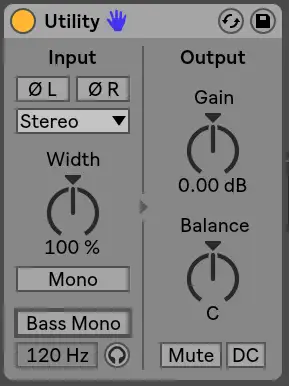
To mix your sub in mono, it’s pretty simple. Most DAWs let you insert a mono plugin or use a stereo width tool to collapse the stereo field to mono. In fact, Ableton's Utility even has a "Bass Mono" button, which allows you to adjust the frequency range that you want to keep in mono.
Using Dynamic EQ
Dynamic EQ is very powerful when you need more control over how your sub frequencies behave in the mix. Unlike regular EQ, which is static, dynamic EQ adjusts the EQ bands based on the level of the signal , meaning it only kicks in when the sub bass gets too loud or too soft. This makes it great for taming boomy or resonant sub frequencies that can sometimes overwhelm a mix without sacrificing the power and presence of the low end.
Use a Reference Track
If you're ever unsure about where your sub bass should sit in the mix, a reference track can be a total lifesaver. It helps you get a better idea of what your low end should sound like in a professional mix, giving you a benchmark to compare your track against.
Final Thoughts
With sub bass EQ, less is often more . The key thing to remember is that sub bass frequencies don't require a ton of processing. In fact, the simpler you keep it, the better. Focus on getting the sound right with your EQ and a little saturation or harmonic enhancement if needed, but avoid over-complicating your sub bass frequencies with too many plugins or tweaks. Keep the low end clean and punchy, and let it do its thing.
Before you wrap up your entire mix, always test it on different systems, including your car, headphones, smartphone, and studio monitors. This is crucial to making sure your sub bass translates well across all types of speakers. You might be hearing things one way in the studio, but on a phone speaker or a cheap set of earbuds, your low end could sound totally different.
At the end of the day, sub frequencies only require good balance. If you’ve followed these tips and kept your approach simple, you’ll have a low end that’s powerful, clear, and ready to hit no matter where it’s played. Happy mixing!


